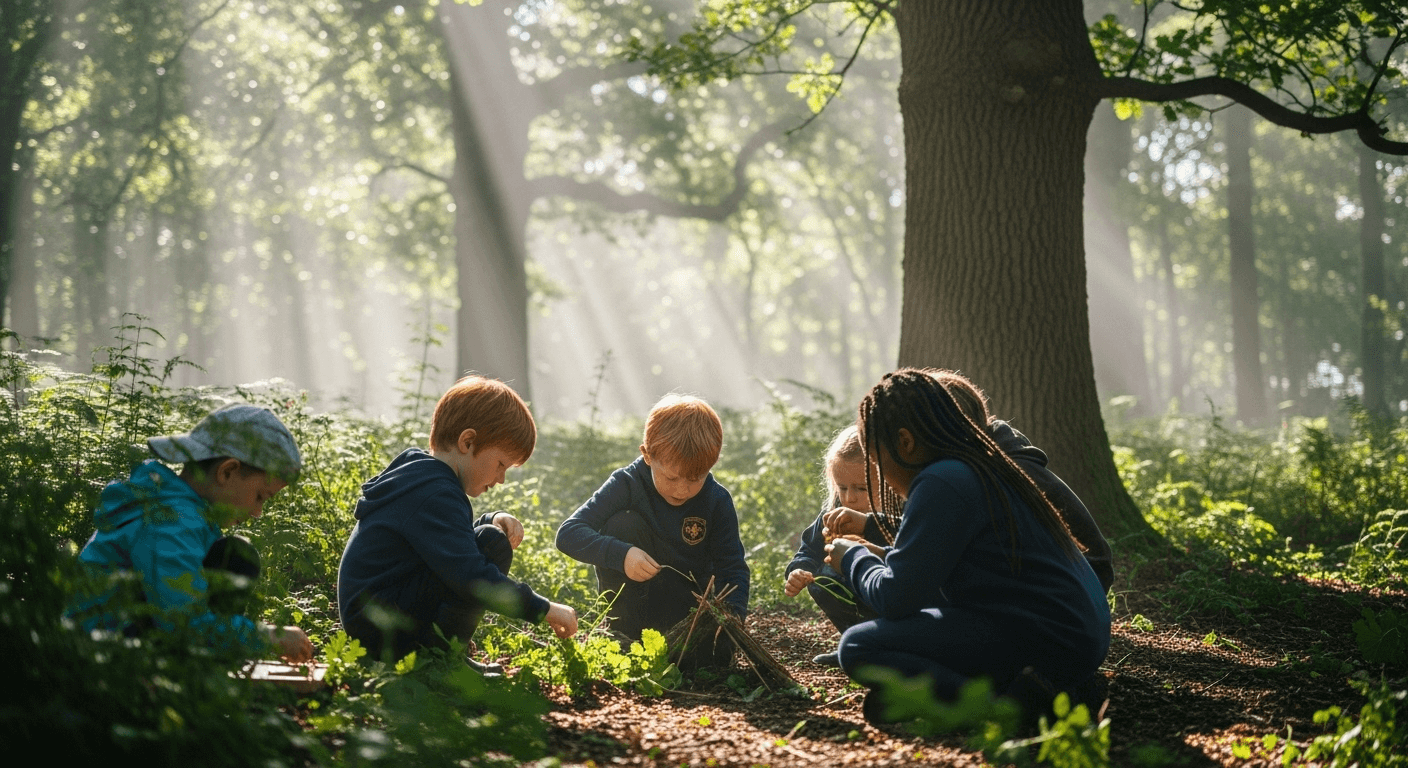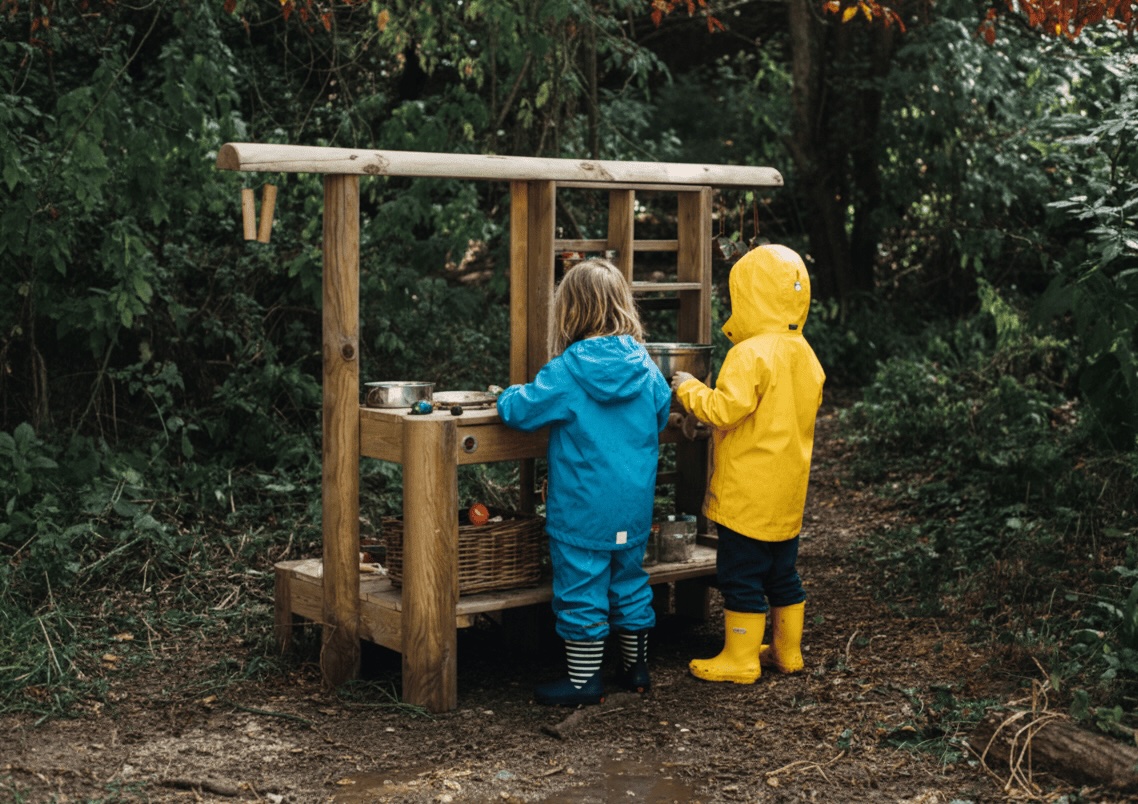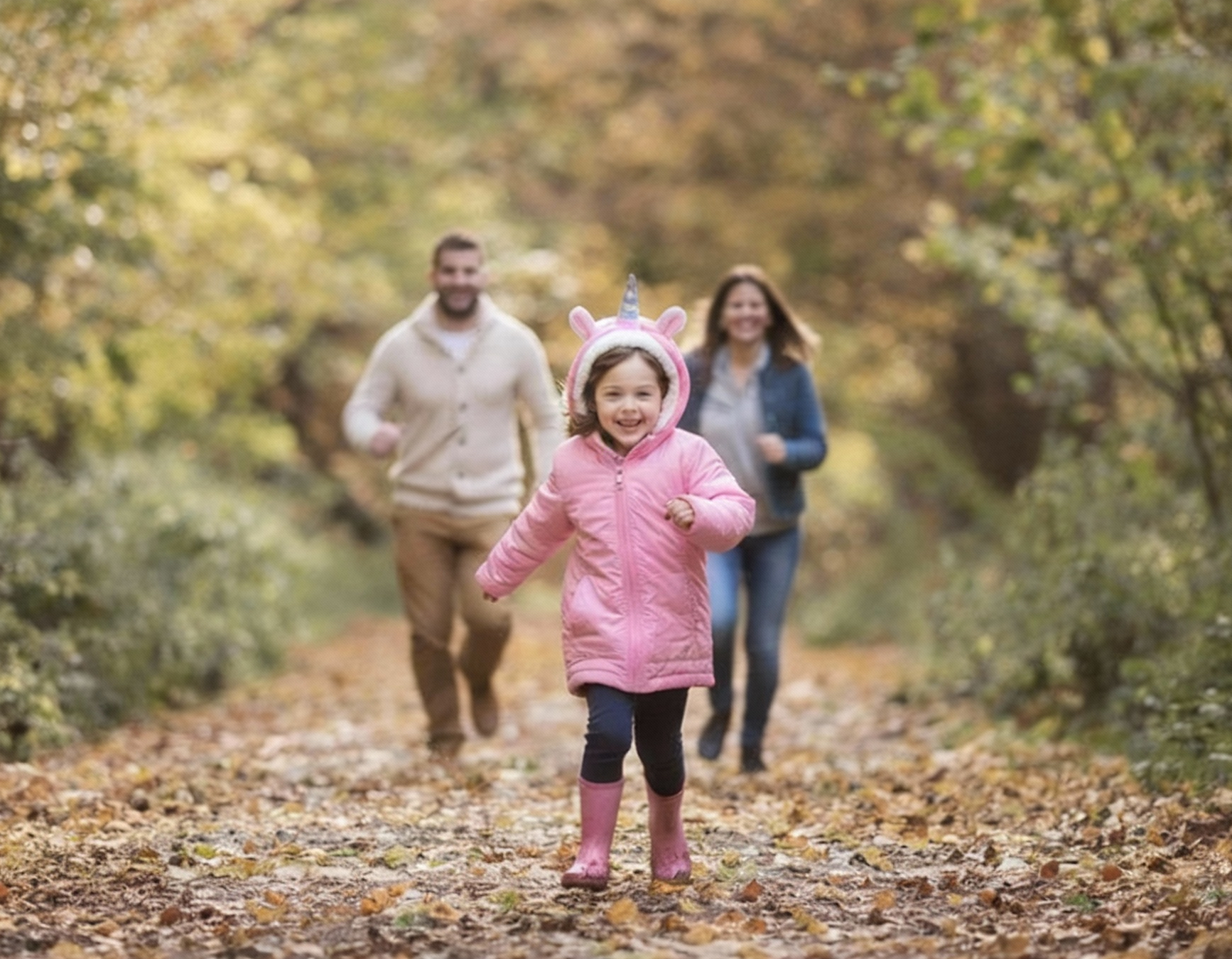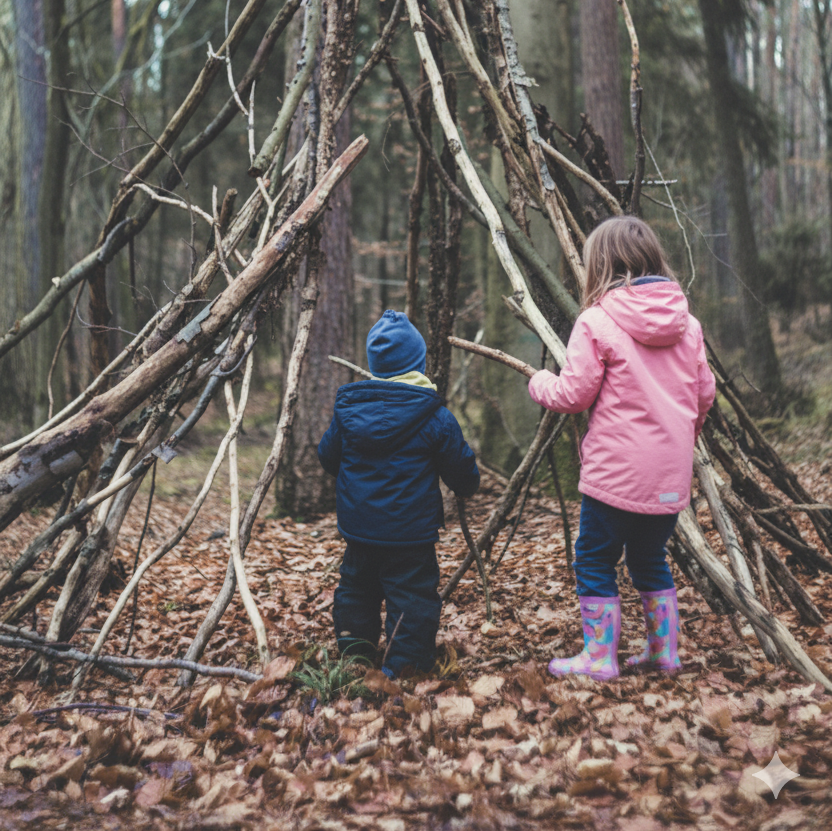· Education · 5 min read
Understanding the 6 Core Principles of Forest Schools
Explore the six core principles that form the foundation of forest schools. Understand how these principles contribute to child development and the benefits of nature-based education.

Forest schools provide a transformative educational environment by deeply integrating children with nature and encouraging them to build vital skills through exploration and play. This article delves into the six guiding principles that underpin forest schools and their significance in nurturing child development.
1. Child-Centred Learning
Forest schools prioritise the unique interests and developmental needs of each child, allowing them to direct their learning. This approach fosters creativity and independence as children engage with activities that truly interest them, from exploring native wildlife to crafting tools from natural materials. This method nurtures critical thinking and problem-solving skills, crucial for academic and personal growth. Research consistently highlights the positive impacts of child-centred learning in outdoor settings, including enhanced confidence, social skills, language and communication, motivation, and concentration, as well as physical skills and overall knowledge and understanding. Practitioners also report that this approach helps shy children gain confidence, calms anxious children, and improves behaviour and focus, promoting cultural and social integration (see studies in Plymouth Marjon University and UEL Research Repository).
Example: A child interested in insects might initiate a study on local beetles, researching their habitats and role in the ecosystem, thus learning science through direct engagement.
2. Long-Term Process
The success of forest schools is closely linked to their commitment to a long-term process. By engaging regularly with the same natural environment, children observe seasonal changes and learn to predict nature’s cycles, enhancing their understanding of the natural world. This sustained engagement with nature is crucial for healthy development, well-being, and fostering positive environmental attitudes and values, forming a “balanced diet” of childhood experiences (ResearchGate - Benefits of Children’s Engagement with Nature).
Seasonal Learning Table
| Season | Activity | Learning Outcome |
|---|---|---|
| Spring | Planting bulbs | Understanding life cycles |
| Summer | River study | Ecosystems and biodiversity |
| Autumn | Leaf collection | Identification and classification |
| Winter | Snow tracking | Animal behaviour and adaptation |
3. Holistic Development
Forest schools aim to develop the whole child - academically, socially, emotionally, and physically. Activities are varied to engage different learning styles and foster collaboration among peers.
Statistics: A study published in Taylor & Francis Online shows that attending weekly Forest School sessions can improve children’s mood and cooperation (Attending 12 weekly sessions of Forest School sessions improves mood and cooperation in 7–8-year-old children - Taylor & Francis Online). Broader research also indicates that Forest School participation leads to improvements across six key themes: social and cooperative skills, physical skills, self-confidence and self-esteem, learning performance and cognitive skills, emotional and mental wellbeing, environmental awareness and a sense of belonging, and risk management skills (Forest School and its impacts on young children: Case studies in Britain).
4. Managed Risk
Activities in forest schools often involve elements of risk, such as climbing or using tools, which teach children to assess and manage risk effectively. This experience builds self-confidence and resilience, preparing them for real-world challenges. Experts emphasize that exposing children to a degree of managed risk is essential for their development, as it promotes problem-solving and helps them understand consequences (Outdoor Learning - Risk and Benefit, Alfresco Learning - Risk: assessing the benefits).
Example: Learning to use a hand drill in a controlled environment helps children understand both the tool’s potential and precautions for safety.
5. Connection with the Natural World
Regular and immersive interactions with nature instill a deep appreciation and concern for the environment among children. Research consistently demonstrates that positive experiences in nature lead to a greater connection with nature, which in turn fosters increased environmental responsibility and pro-environmental behaviours in adulthood (Children & Nature Network - Research Digest: Pathways to environmental stewardship, ResearchGate - Nature connection, outdoor play, and environmental stewardship).
Case Study: An urban forest school launched a recycling initiative after children observed the impact of littering on local wildlife. This practical lesson in environmental stewardship highlights the impact of forest schools on developing future eco-conscious citizens.
6. Qualified Practitioners
Practitioners in forest schools are trained to facilitate child-led learning experiences while maintaining safety and educational standards. Their role is crucial in adapting lessons to meet individual children’s needs, ensuring maximum engagement and benefit from each session. In the UK, the Forest School Association (FSA) serves as the professional body, promoting and supporting best practice and quality Forest School provision. They offer guidance on qualifications and continuous professional development for forest school leaders, ensuring up-to-date safety practices and innovative teaching methods.
Professional Insight: Continuous professional development for forest school leaders includes workshops on up-to-date safety practices and innovative teaching methods, ensuring a safe and dynamic learning environment.
Conclusion
In summary, the principles of forest schools foster a holistic form of education that encourages children to connect deeply with nature, embrace risk and challenges, and grow into confident, environmentally aware individuals. These principles are essential for cultivating a future generation that values both personal growth and ecological sustainability.
FAQs
What age group is suitable for forest schools? Forest schools cater to children of all ages, from early years through to secondary education, and even adults. Programmes are tailored to engage every child at their developmental level (Forest School Association).
How safe are forest schools? Safety is paramount, with activities closely supervised by trained practitioners conducting thorough risk assessments. The emphasis on managed risk ensures that children learn valuable skills in a secure environment. For more detailed information on safety guidelines and best practices, you can refer to resources from the Forest School Association.
Can forest schools help children with special needs? Yes, forest schools are inclusive environments that are highly beneficial and can be adapted to support children with diverse needs, including those with Special Educational Needs and Disabilities (SEND). They often provide a calming setting that can enhance confidence and skills, particularly for children who may find traditional classroom settings challenging (UEL Research Repository).



